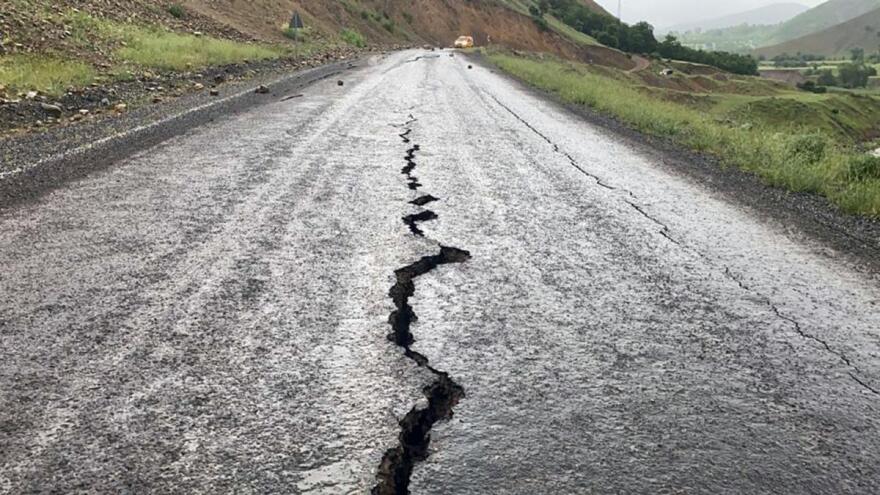On Monday, an unsettling tremor shook the foundations along the Panama-Costa Rica border, recorded initially by the German Research Center for Geosciences (GFZ) at a magnitude of 5.56. The U.S. Geological Survey later adjusted the figure to a slightly less severe 5.3 magnitude. This geological disturbance, centered at a relatively shallow depth of 10 kilometers (approximately 6.21 miles), has prompted swift responses from regional emergency services.
Immediate Response and Monitoring
In the wake of the earthquake, Panama’s National Emergency Operations Center sprang into action, closely monitoring the situation and initiating preventive inspections across local medical facilities to ensure structural safety and readiness for potential aftershocks or related emergencies. This proactive approach underscores the region’s commitment to disaster preparedness and immediate crisis management.
Regional Impact
The tremor was distinctly felt in the Panamanian provinces of Chiriqui and Bocas del Toro, where residents experienced the unsettling sensation of the earth moving beneath them. Social media channels were quickly flooded with images and videos from the scene, including one particularly striking footage showing the aftermath inside a commercial establishment where the quake had shattered glass.
No Substantial Damage Reported
Despite the palpable alarm that such natural events inevitably generate, preliminary assessments by authorities have fortunately not indicated any significant damage or casualties. This relative calm after the seismic event speaks volumes about the stringent building codes and preparedness measures that have been implemented in the region over recent years.
Continuing Vigilance
While the immediate danger from this specific earthquake appears to have subsided, the incident serves as a poignant reminder of the volatile nature of the earth beneath this geographically dynamic region. Both Panama and Costa Rica lie along the seismically active boundary between the North American and Cocos tectonic plates, making them susceptible to frequent seismic activities.
Local authorities remain on high alert, continuing to monitor the situation closely with the help of advanced geological and meteorological technology. The ongoing commitment to ensuring the safety and preparedness of the populace is paramount, as evidenced by the rapid response and thorough checks conducted in the aftermath of today’s seismic event.
Preparedness and Future Outlook
For residents and officials in Panama and Costa Rica, the earthquake is yet another testament to the unpredictable power of nature and the need for continued vigilance and preparedness. Educational programs, regular safety drills, and investments in infrastructure resilience are critical components of regional strategies aimed at minimizing risk and enhancing the ability to respond effectively to natural disasters.
As the region recovers from this latest shake, the focus remains firmly on strengthening community awareness and disaster readiness. With each incident, valuable lessons are learned and applied, ensuring that Panama and Costa Rica are better prepared for whatever challenges may come next.
Monday’s earthquake along the Panama-Costa Rica border may not have wrought extensive physical damage, but it has undoubtedly reinforced the importance of constant preparedness in the face of natural threats. As both nations continue to assess and fortify their readiness strategies, the global community watches and learns, reminded once again of the delicate balance between human endeavor and the formidable forces of our dynamic planet.

